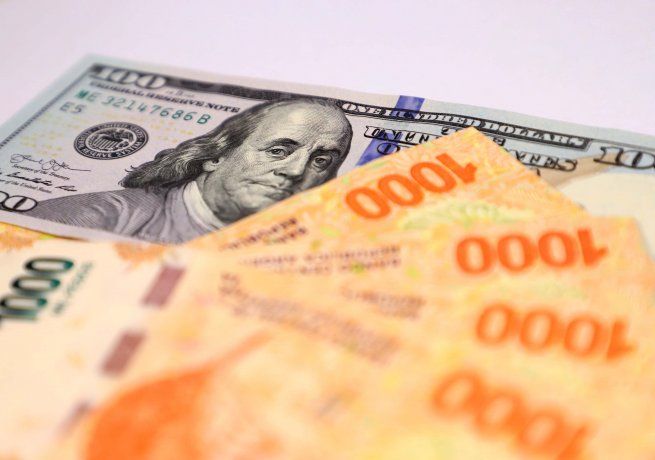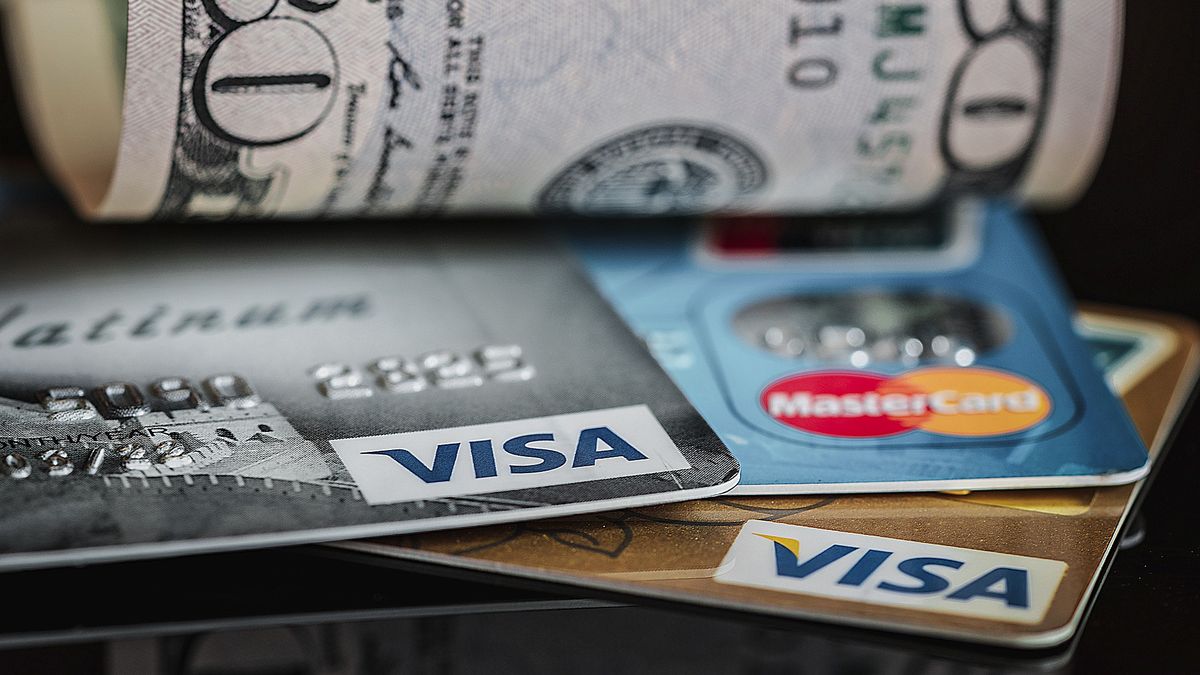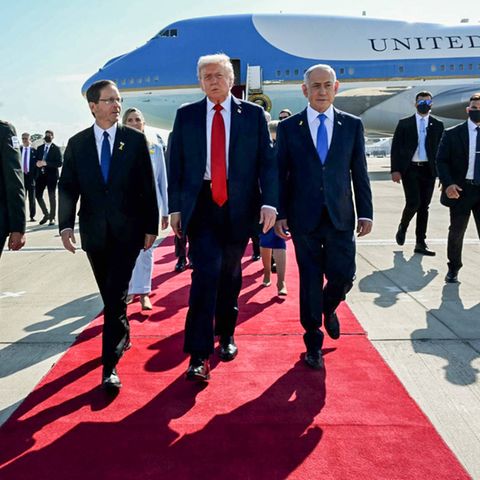With this rule, which was developed jointly between the Economy, Tourism and the BCRA, credit cards they would recognize a better exchange rate for foreign tourists And the Central thus seeks to prevent it from going to the blue dollar market to change the bills it brings while digitizing operations and combating the informal economy.
But they didn’t do it right away and neither did a few days later, like he himself Pesce had assured that it would happen, since when he was consulted a few days after launching the measure that, from November 14, would come into practice.
Dollar card for foreigners: tourists felt cheated
This is how several sources commented in dialogue with Ámbito that many visitors from abroad who made purchases with their cards in the country had not received this benefit, but instead had the dollar quoted at the official exchange rate at the time of billing for consumption.
“The new dollar is still not working. Many tourists were scammed when using their cards hoping to receive the promised change, but they finally received the official change for their expenses”, claim some voices. Asked if there will be a later refund of the difference that users were not paid, a source close to the BCRA said that this will not be the case. And, given the lack of implementation and the initial negative experience, many finance and tourism experts openly recommend continuing to carry cash to your trip through Argentina and change in the blue market.
The truth is the measure was approved more than 20 days ago and had been agreed with credit cardswhich “had committed to implementing it as soon as possible,” Pesce said. The Central Bank expected Visa to be the first company to make it effectivebut it was not like that.
Controls on the dollar increase: card purchases abroad will pay an additional 15%
Tourist card expenses are taken at a better exchange rate than usual.
As explained from the banking sector to this medium, what delayed the implementation is that for credit cards it is a somewhat cumbersome operation. “The rule specifies that this value of the dollar is applicable only to non-residents in the country. And that is a great difficulty that must be seen how it is resolved,” says a bank source. Otherwise, that would be a window with which those nationals who have plastics issued abroad would benefit from an improved exchange rate.
Consequently, companies have to settle the expenses of non-resident international cards, resident cards and local cards differently. The first are executed by way of financial dollars. The pesos that the user spends are exchanged at the MEP price and that exchange rate is applied when canceling their purchase. Meanwhile, for all residents, expenses in dollars up to US$300 are quoted at the official price plus the country tax and a 45% advance on Earnings, and, once that amount is exceeded, but they are applied to you, in addition, the taxes that make up the Qatar dollar (an additional 25% of Personal Property).
There are those who point out that initially it will be difficult to differentiate local holders of international cards from the rest. However, that would be a lesser evil that the Government should accept in order to correct the problem that arises in the Services account within the BCRA balance, which reflects that, since the end of convertibility until now, they have never entered the reserves as few dollars for tourism as at this time. And this is due to the lack of incentives for the visitor to go towards the official dollar.
Dollar card: what results does the BCRA expect?
Nowadays, around 15% or 20% of tourist spending in the country is made with a card and the intention of the new dollar for foreign visitors is to capture around 80% or 85% of it in the financial systemalthough they would not go directly to the reserves, they would be incorporated into the stock market dollars.
“Since the dollars that enter the MEP are always deposited in bank accounts and are considered for gross reserves, the measure seeks to help offset the outflow of foreign currency from tourism by encouraging demand,” explains a source close to the Government.
Since it was not in operation until now due to short circuits with credit cards, the result cannot be evaluated yet. “It is assumed that, within the five days that a foreigner paid something in Argentina, the business has to deposit the pesos that they paid, so it will take a few days to see the real result,” says a voice in the City. Thus, we will have to wait and see, in practice, what effect it will have, since It is not the first time that the Government implements this type of measure.
- Last year he had announced the creation of special accounts for foreign tourists in banks, which was not well received
- Later, the possibility was opened that tourists from abroad could exchange their dollars at the value of the stock dollar in banks and exchange houses, but that initiative was not very successful either.
Dollar Dollar 2022 dollars Pesos Bills

The change in the informal market is more convenient than the official one.
Mariano Fuchila
Dollar for foreigners: a contribution to reducing the gap and laundering the economy
“The positive of the dollar card for foreigners is that its implementation is easier and does not require any effort from the userOnly the plastic issuers have to adapt their systems”, they explain from the financial sector. In fact, beyond the fact that it could be said that they were “disappointed”, many foreign travelers had begun to use this option for their consumption.
If the measure is successful, Analysts in the City estimate that the dollar card for foreigners could report around US$250 million per month, which is the volume that receptive tourism card expenses represented before the hard stocks came into effect. that the current government was setting up. Today, that number has been reduced to almost less than a fifth, since it is around US$40 million a month.
Given that the operations will go through the stock market and the modality requires the purchase of a bond that is later settled against dollars, It could be a mechanism that contributes to reducing the price of the MEP and reduce the gap with the officer. And, although the funds will not go directly to the reserves, as stated, this measure will have an impact on the gross reserves because the card holders will bring the dollars into the country and then carry out the operation with the bonds. Likewise, it is a way to help launder the economy because it digitizes operations and, on the other hand, and as its main objective, it discourages operations in the blue.
Even if it is possible to return to previous levels of around $250 million, the feeling in the City is that it would mean an increase in supply which, taking into account the dollar needs that the Government has today and the current problem of reserves, is quite small, but “everything adds up”, as they say popularly.
Source: Ambito
I am a 24-year-old writer and journalist who has been working in the news industry for the past two years. I write primarily about market news, so if you’re looking for insights into what’s going on in the stock market or economic indicators, you’ve come to the right place. I also dabble in writing articles on lifestyle trends and pop culture news.




